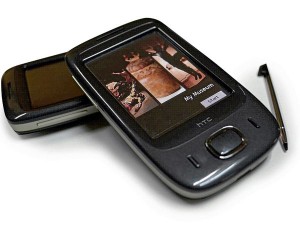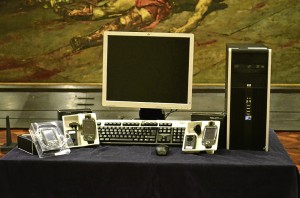The past has finally caught up with the digital age.
Aiming to become the model museum for the 21st century, the National Museum of the Philippines, the premier repository and custodian of the country’s heritage, will soon use two new software applications that will allow visitors to “experience” its National Art Gallery in a different light.
The “MyMuseum,” an adaptive mobile museum guide, is a software application that recommends museum items for visitors to view and keep track of their ratings for each item viewed, explains Dr. Merlin Teodisia Suarez, project leader for the “Towards Developing Mobile Museum Guides” project.
Not just the run-of-the-mill audio guide, the MyMuseum provides interactive android capabilities found in most mobile phones to date. This would allow guests to select their favorite artists or art pieces, paving the way for a more interactive learning environment. The software, Suarez says, would also provide a narrative audio tour, pictures of museum items and an interactive map that would highlight where each item is located.
Currently, the software runs on the HTC Viva mobile device, but Suarez says they also plan to develop the MyMuseum for different platforms like iOS and Android so that museum visitors can simply download it as an application. The present program is also specifically tailored for the National Art Gallery, but more applications are being developed for the other 20 branches, including the Museum of the Filipino people and National Planetarium.
The MyMuseum was developed by Computer Science students from the De La Salle University, in tandem with the Philippine Council for Advanced Science and Technology Research and Development of the Department of Science and Technology (DoST).
Another application called, OBSERVE, is a semantic Web portal for the National Museum, which allows an “efficient and accurate searching of museum items. It relates art works to other art pieces, artists and interpretations, which makes it best suited for students who wish to learn more about art,” Suarez explains.
And since OBSERVE is a web-based application, students who do not have physical access to the National Museum can just virtually view the art pieces. Through the Observe, Suarez says they target to have other museums add their content in the ontology, so they can “virtually” combine all art museums in the Philippines.
Asked if further collaborations were a possibility, Suarez says, “Our hope is to enhance further whatever we delivered. We are looking at other pipeline projects with digital content for the museum with the possibility of developing games that are cultural heritage based.”
Separately, Elenita Alba, chief of Museum Education Division, meanwhile says that the use of these applications are still on a “soft run” since the museum only has four units available.
“However, by August, guests can avail of these mobile guides as the museum is working to procure more of these devices for their use,” Alba adds.



